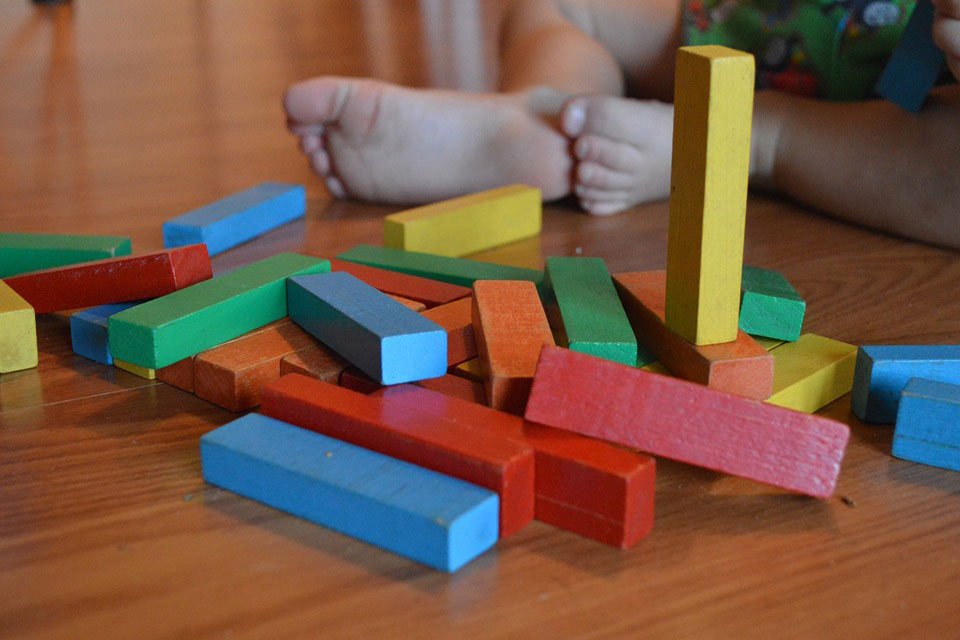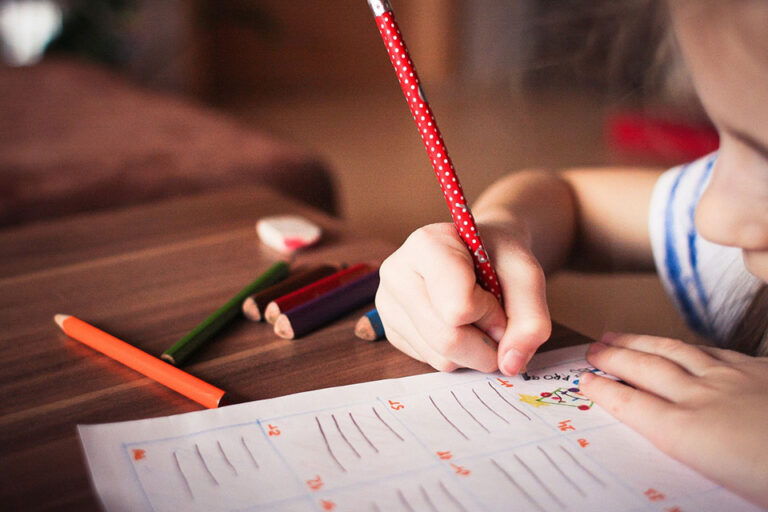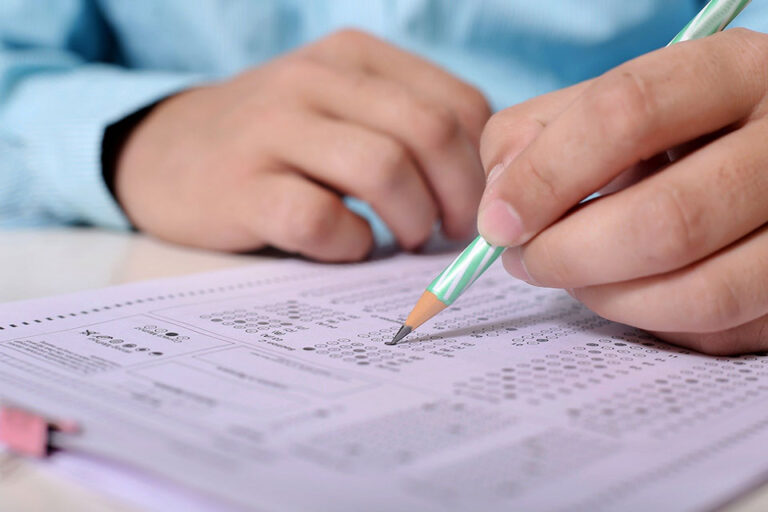Early childhood, defined as the birth-to-eight-year period, is a time of notable growth with a maximum brain development. During this phase, kids are extremely affected by the setting and the individuals around them. Our early childhood debate opens with this period’s physical achievements growth in body size, motor coordination improvements, and perception refinements. We pay particular attention to physical development in early childhood which is supported by biological and environmental factors, as well as their intimate connection with other developmental factors.
Skeletal Growth
- In physical development in early childhood, kids add 2 to 3 inches in height on average and 5 pounds in weight every year. The first two years body size indicates a slower phase of development.
- Boys are still slightly bigger than girls. As the “baby fat” that started to decrease in infancy continues to decrease, kids gradually become thinner, although girls maintain a little more body fat than boys, who are slightly more muscular. As the torso becomes longer and wider, the internal organs tuck smoothly inside, straightening the spine.
- In early childhood, individual differences in body size are even more apparent than in infancy.
The skeletal
- The Skeletal modifications are common throughout physical development in early childhood. Between the ages of 2 and 6, in different areas of the body, about 45 fresh development centers in which cartilage becomes hard bone. In middle childhood, other development centers will appear.
- X-rays of these growth centers allow physicians to estimate children’s skeletal age and helps diagnose growth disorders.
- Children begin to lose their baby teeth by the end of pre-school years. But it depends on genetic factors. Primary teeth care is vital because the health of permanent teeth can affect by ill baby teeth.
- Cavities are prevented by consistent brushing, avoiding sugar foods, drinking fluoridated water, and receiving topical fluoride medicines and sealants.
- Another factor is to safeguard against exposure to tobacco smoke that suppresses the immune system of children, including the capacity to combat tooth decay-causing bacteria. The danger connected with this suppression is highest when the immune system is not yet fully mature in infancy and early childhood.
Brain Development
- The brain capacity rises from 70% of its adult weight to 90% between the ages of 2 and 6. At the same moment, in a broad variety of skills, pre-schoolers improve — physical coordination, perception, attention, memory, vocabulary, logical thinking, and fantasy.
- In addition physical development in early childhood, the brain undergoes much reshaping and refining. By age 4, many parts of the cortex have overproduced synapses. In some regions, such as the frontal lobes, the number of synapses is nearly double the adult value. Together, synaptic growth and myelination of neural fibers result in a high energy need.
- As stimulated neuron structures become more elaborate and require more room, adjacent neurons die and decline brain plasticity. By the era of 8 to 10, most cortical regions ‘ power usage drops to near-adult concentrations.
- Also, language abilities are growing at an incredible rate in early childhood devolopment, and they promote growing control of conduct by children, also mediated by frontal lobes. By comparison, spatial abilities (generally in the right hemisphere), such as providing instructions, drawing photos, and acknowledging geometric forms, gradually grow throughout childhood and adolescence.
- Developmental differences between the two hemispheres indicate that they continue to specialize in tasks.
Motor skills
- in physical development in early childhood motor skills include running, jumping, hopping, turning, skipping, throwing, balancing, and dancing, require the use of big body movements. The use of small body movements involves fine motor skills, including drawing, writing, and tying shoelaces. In early childhood, both gross and fine motor skills develop and are refined; however, fine motor skills develop more slowly in pre-schoolers.
- The theory of observer learning by Albert Bandura applies to the learning of gross and fine motor skills.










